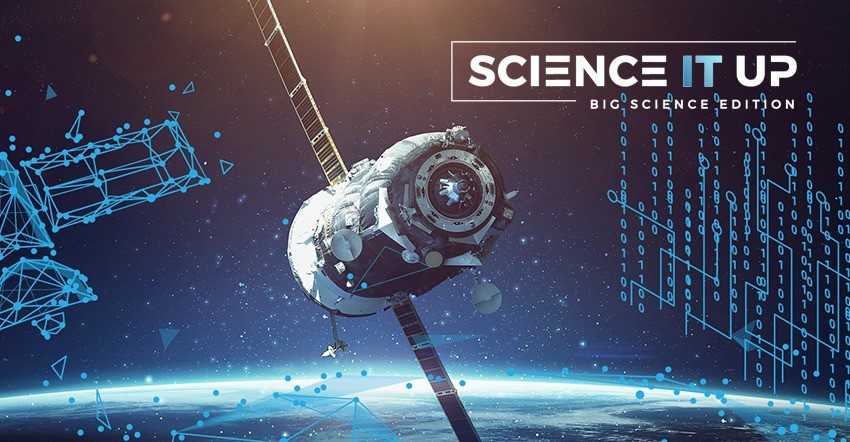A Q&A session with experts summing up the ScienceItup project

The term “Big Science institutions” describes international research and development centers conducting projects that require interdisciplinary teams of specialists and large budgets to build a very complex research infrastructure. The most important Big Science institutions in Europe include the European Organization for Nuclear Research (CERN), the European Southern Observatory (ESO) and the European Space Agency (ESA). At the Big Science Business Forum 2018 in Copenhagen Carlos Modeas, then the European Commissioner for Research, Science and Innovation, said that Europe is a big-science powerhouse. He also made an appeal for raising public awareness of Big Science innovations that change not only science and industry but also our everyday life.
Big Science institutions offer unprecedented development opportunities for scientists conducting research within them. But equally noteworthy are the benefits to the business sector engaged with the Big Science projects. That is what the ScienceItup series of mini-lectures, organized by Wrocław Technology Park along with Wrocław Agglomeration Development Agency, was devoted to. The project resulted in a Q&A live session involving representatives of Polish tech-space companies. They shared their experience of cooperation and delivering IT solutions and technologies to the Big Science institutions. The discussion was moderated by Paweł Wojtkiewicz, GMV Director for Space in Poland and attendees includedKrystyna Macioszek, GMV software engineer.
Asked about how business can benefit from implementing projects in the Big Science area, speakers mentioned, among other things, an opportunity to learn from international experts, gaining experience in project and risk management as well as the transfer of technologies to other branches of the economy. To those benefits, Krystyna Macioszek added an opportunity of working in complex and interdisciplinary programs which, due to their budget, could not be implemented by one company. Being a part of the consortium is a great way to establish and strengthen business relationships with other entities.
Working for innovative Big Science programs requires winning them first and that usually happens through tenders. What companies have the biggest chance to win contracts with big research and development centers? According to the Q&A session participants, they are entities that take a lot of time to consciously build their position in the industry, present confidence when it comes to their specialists’ skills and make themselves known as experts in their field. Other important and eye-catching qualities are a win-win attitude, the ability to work in a team and a team that puts the project’s success first. An advantage, particularly for young companies that yet haven’t built up the portfolio of their working solutions, is introducing the company’s product or service in the Minimum Viable Product (MVP) version.
Satisfaction from participation in Big Science projects is one thing but such cooperation also brings some challenges with it. Krystyna Macioszek noted that managing the process of creating software for space projects is different from IT systems for ground-based means. Such projects are very complicated and they require complex problem-solving skills. As for IT technology, absolute reliability and robustness are essential prerequisites. However, as the software engineer summed up, working on IT systems for the space sector is a source of great satisfaction and motivation for constant personal development.
All mini-lectures within the ScienceItup series can be viewed on the project website
The Q&A session is broadcast on the Big Science HUB Facebook profile